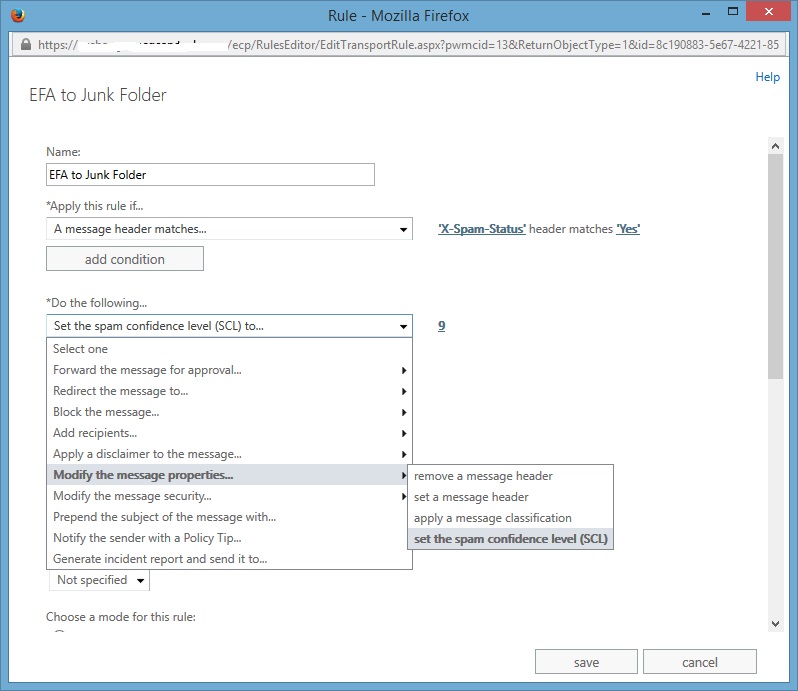

This is your Exchange 2013 or higher Offline Address Book. Keep the Default Offline Address Book (Ex2013). The Default Offline Address Book are both removed. Now let’s remove the second Default Offline Address Book. The first Default Offline Address Book is removed. Right-click the Default Offline Address Book and click Remove. Remove both of the Default Offline Address Book. In this organization, there are two mailbox servers. If you already have a new Exchange Server in the organization, you see that Address Book too. The Default OAB will have the status False. You can see that the Generation Server will list the Exchange Server 2010. Delete the Default Offline Address Book (Exchange 2010). Remove Default Offline Address BookĬlick the tab Offline Address Book. There should be no items to show in this view, as shown below. If you have any Address Book Policies, remove them. Expand Microsoft Exchange On-Premises>Organization Configuration>Mailbox. If they are not members of the DAGs and the Offline Address Books are not in use. The mailbox servers can be uninstalled when they no longer host mailboxes or public folders. In the following steps, we will remove the mailbox role. Uninstall Exchange Server 2010 Mailbox role Remove the Hub Transport Role and Client Access Role. Click Finish.ĭo the same steps on the other Exchange Server. The removal of the Hub Transport Role and Client Access Role is complete. If not, view the setup logs and start troubleshooting. Make sure that the completion screen show completed. In this example, it took 27 minutes for the Client Access Role to uninstall. It will check the system and server to verify that the server roles are ready to be removed. These are the Clients Access role, Hub Transport role, and Management Tools. Click Next.Ĭlear the checkboxes for the server roles.

Click Uninstall.Įxchange Server 2010 Setup will start. Click Microsoft Exchange Server 2010 from the list of programs. We can finally uninstall/decommission Exchange Server 2010. Uninstall Exchange Serverīefore you start, close Exchange Management Console and other applications running. That’s because the send connector is applied organization-wide. Note: Suppose you have another Exchange Server running in the organization (coexistence), then do not delete the send connector. Expand Microsoft Exchange On-Premises>Organization Configuration>Hub transport. Uninstall Exchange Server 2010 HUB Transport/Client Access role Remove send connectors Uninstall Exchange Server 2010 Mailbox role.Uninstall Exchange Server 2010 HUB Transport/Client Access role.


 0 kommentar(er)
0 kommentar(er)
